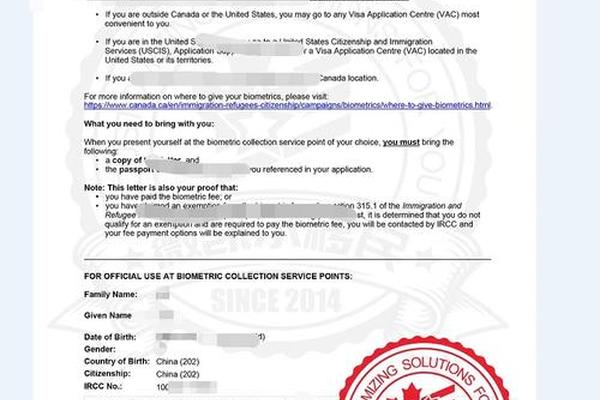疫情过后你会移民吗英文
Post-pandemic immigration trends and individual decisions are influenced by a complex interplay of economic, social, and policy factors. Below is an analysis based on global and regional contexts:
1. Economic Drivers and Labor Market Shifts

The pandemic exacerbated global economic disparities, with developing countries facing vaccine shortages and prolonged healthcare crises. This has pushed some populations to seek better opportunities abroad. Conversely, developed countries like the U.S. and EU nations experienced labor shortages due to reduced migration, leading to wage inflation and increased demand for skilled workers. For example, Hong Kong’s 2022–2024 immigration policies actively target professionals in finance, technology, and innovation to boost economic recovery.
2. Policy Adjustments in Key Destinations
Many regions have revised immigration rules to attract talent:
3. Shifts in Immigration Preferences
4. Regional Case Study: Post-Pandemic Challenges in Asia
5. Future Considerations

Conclusion
Whether to immigrate post-pandemic depends on individual priorities: economic stability, career opportunities, or quality of life. Regions like Hong Kong and Canada are leveraging relaxed policies to attract talent, while systemic issues (e.g., racial discrimination) persist in traditional destinations. As global mobility rebounds, hybrid strategies (e.g., securing residency while maintaining ties to home countries) are gaining traction.
版权说明:
1.版权归本网站或原作者所有;
2.未经本网或原作者允许不得转载本文内容,否则将视为侵权;
3.转载或者引用本文内容请注明来源及原作者;
4.对于不遵守此声明或者其他违法使用本文内容者,本人依法保留追究权等。



